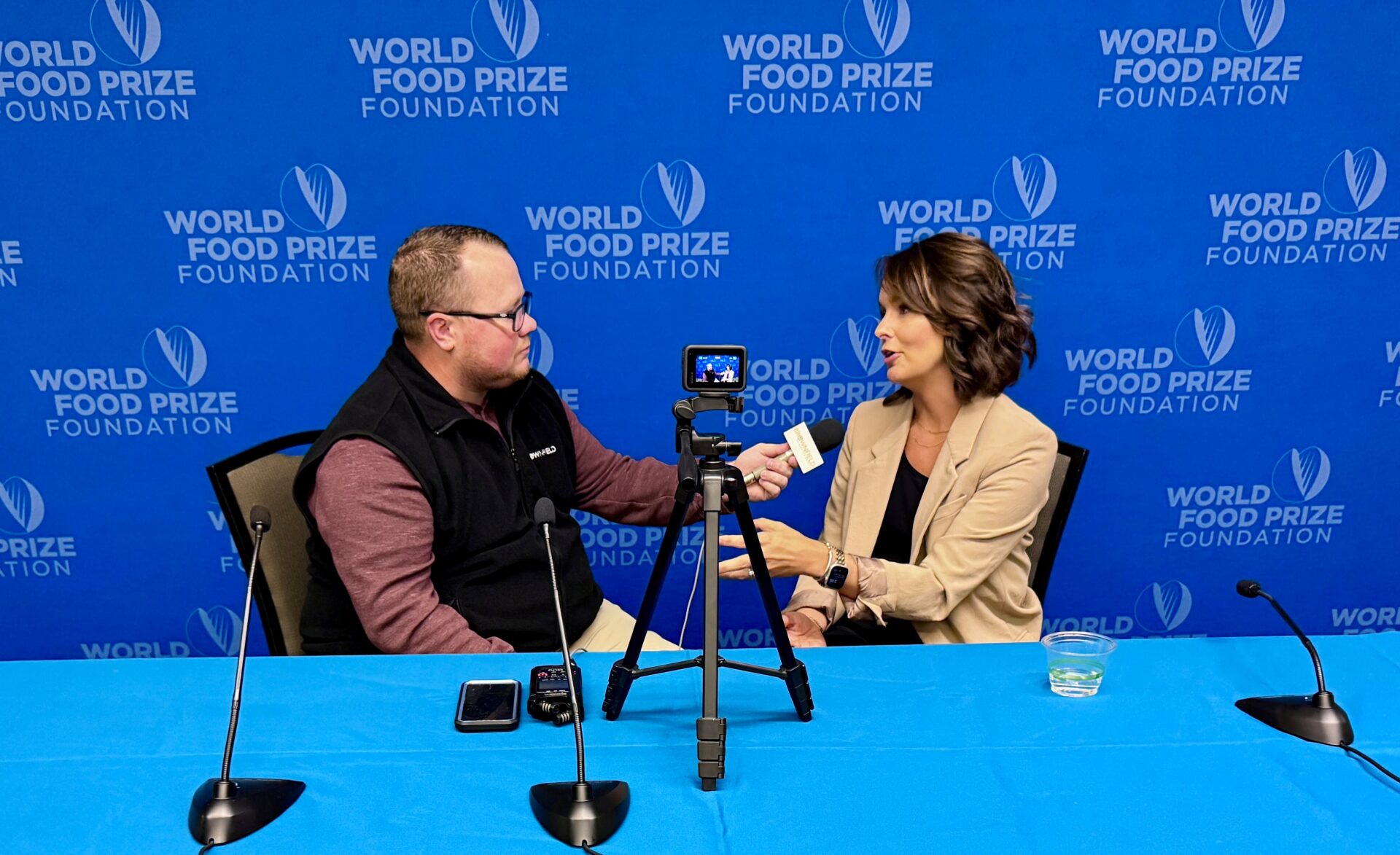Report on Socioeconomic Status, Nutrition Literacy, and Dietary Diversity in Relation to Sustainable Development Goals
1.0 Introduction
This report details the findings of a study investigating the association between socioeconomic status (SES), nutrition literacy (NL), and dietary diversity among adults in Bengbu, China. The research provides critical insights relevant to several United Nations Sustainable Development Goals (SDGs), particularly those concerning poverty, health, education, and inequality.
- SDG 2 (Zero Hunger): The study directly addresses Target 2.2, which aims to end all forms of malnutrition, by examining dietary diversity as a key indicator of nutritional quality.
- SDG 3 (Good Health and Well-being): By exploring determinants of healthy diets, the research contributes to understanding how to promote well-being and prevent nutrition-related diseases.
- SDG 10 (Reduced Inequalities): The core of the study is an analysis of how socioeconomic disparities in income and education impact health outcomes, directly aligning with the goal of reducing inequality within and among countries.
2.0 Methodology
A cross-sectional survey was conducted involving 2,208 adults (aged 18 and older) in Bengbu, China. The methodology was designed to quantify the relationships between key variables.
- Socioeconomic Status (SES): Measured using two primary indicators:
- Education level
- Monthly income
- Dietary Diversity Score (DDS): Data was collected using a simplified diet frequency questionnaire to assess the variety of food groups consumed.
- Nutrition Literacy (NL): A twelve-item short-form scale was used to evaluate participants’ knowledge and skills related to nutrition.
- Statistical Analysis: Multiple linear regression and Hayes’ PROCESS framework were employed to analyze the associations and mediation effects.
3.0 Key Findings and SDG Linkages
The analysis revealed significant associations between SES, NL, and dietary diversity, highlighting critical pathways for achieving development goals.
3.1 Socioeconomic Disparities and Dietary Diversity
Significant disparities in dietary diversity were observed based on both education and monthly income (p<0.001). This finding directly reflects the challenges outlined in SDG 10 (Reduced Inequalities), where economic and social status dictates access to fundamental needs like adequate nutrition.
- A one-unit increase in education was associated with a 0.29-point increase in DDS.
- A one-unit increase in monthly income was associated with a 0.22-point increase in DDS.
3.2 The Role of Education and Income
Higher SES was strongly correlated with improved nutrition literacy, demonstrating the foundational role of education and economic stability in promoting health.
- SDG 4 (Quality Education): Higher education levels were linked to a 3.25-point increase in NL scores, showing that quality education is a key enabler for making informed health and nutrition choices.
- SDG 1 (No Poverty): Higher monthly income was associated with a 1.44-point increase in NL scores, indicating that economic security provides the capacity and resources to access and apply nutritional information.
3.3 The Mediating Role of Nutrition Literacy
Nutrition literacy was found to be a significant mediator in the relationship between SES and dietary diversity. This implies that a primary reason higher SES leads to better diets is through improved knowledge and understanding of nutrition.
- NL significantly mediated the association between education and DDS (ꞵ = 0.136).
- NL also significantly mediated the link between monthly income and DDS (ꞵ = 0.180).
4.0 Conclusion and Policy Implications for SDGs
The study concludes that nutrition literacy is a pivotal mechanism through which socioeconomic status influences dietary diversity. This has direct implications for policies aimed at achieving the SDGs.
To advance SDG 2 (Zero Hunger) and SDG 3 (Good Health and Well-being), interventions must not only address food access but also enhance nutritional knowledge. The findings strongly suggest that intervention strategies should be targeted to effectively reduce the health inequalities highlighted in SDG 10 (Reduced Inequalities).
Recommended actions include:
- Developing and implementing public health programs focused on improving nutrition literacy, especially for populations with lower education and income levels.
- Integrating nutrition education into formal education curricula to leverage the impact of SDG 4 (Quality Education) on long-term health outcomes.
- Designing policies that address the root economic barriers (SDG 1: No Poverty) preventing individuals from accessing diverse and nutritious foods.
By focusing on populations with low SES and inadequate NL, policymakers can improve dietary diversity, reduce health inequalities, and create synergistic progress across multiple Sustainable Development Goals.
Analysis of Sustainable Development Goals in the Article
SDG 2: Zero Hunger
- The article directly addresses nutrition, a core component of SDG 2. The central theme is “dietary diversity,” which is crucial for ending all forms of malnutrition. The study investigates factors that influence the quality of diets among Chinese adults, aiming to identify ways to improve nutritional outcomes.
SDG 3: Good Health and Well-being
- Dietary diversity is intrinsically linked to health outcomes. A lack of diversity is a risk factor for non-communicable diseases. By exploring how to improve diets, the article contributes to the goal of ensuring healthy lives. The conclusion explicitly mentions the goal of reducing “inequalities in health,” which is a key aspect of SDG 3.
SDG 4: Quality Education
- The study identifies “education level” as a primary component of Socioeconomic Status (SES) and a significant predictor of dietary diversity. Furthermore, it highlights the critical role of “Nutrition Literacy (NL),” which is a form of specialized knowledge and skill acquired through education and learning, essential for making informed food choices.
SDG 10: Reduced Inequalities
- A primary focus of the research is on disparities based on Socioeconomic Status (SES), measured by “education level and monthly income.” The findings show “significant education- and monthly income-based disparities in dietary diversity,” directly highlighting economic and social inequalities. The conclusion calls for interventions to “reduce economic inequalities in health.”
Specific SDG Targets Identified
SDG 2: Zero Hunger
-
Target 2.2: By 2030, end all forms of malnutrition, including achieving, by 2025, the internationally agreed targets on stunting and wasting in children under 5 years of age, and address the nutritional needs of adolescent girls, pregnant and lactating women and older persons.
- The article’s focus on improving “dietary diversity” is a direct strategy to combat malnutrition in its various forms among adults. Low dietary diversity is a key contributor to micronutrient deficiencies and other forms of malnutrition.
SDG 3: Good Health and Well-being
-
Target 3.4: By 2030, reduce by one third premature mortality from non-communicable diseases through prevention and treatment and promote mental health and well-being.
- Improving dietary diversity, as discussed in the article, is a fundamental prevention strategy for many non-communicable diseases like heart disease, diabetes, and certain cancers, which are often linked to poor diets.
SDG 4: Quality Education
-
Target 4.7: By 2030, ensure that all learners acquire the knowledge and skills needed to promote sustainable development, including, among others, through education for sustainable development and sustainable lifestyles…
- The study emphasizes “Nutrition Literacy (NL)” as a key mediator. NL represents the specific “knowledge and skills” needed for individuals to make healthy and sustainable food choices, directly aligning with the goal of education for sustainable lifestyles.
SDG 10: Reduced Inequalities
-
Target 10.2: By 2030, empower and promote the social, economic and political inclusion of all, irrespective of age, sex, disability, race, ethnicity, origin, religion or economic or other status.
- The research quantifies how “economic status” (monthly income) and “other status” (education level) create disparities in nutritional outcomes. The conclusion to “target populations with low SES” is a direct call to action to reduce these inequalities and promote inclusion in health and nutrition.
Indicators for Measuring Progress
SDG 2: Zero Hunger
-
Indicator: Dietary Diversity Scores (DDS).
- The article explicitly uses “Dietary diversity scores (DDS)” collected through a questionnaire as the primary outcome variable. This is a direct and measurable indicator of diet quality and nutritional adequacy, serving as a proxy for progress against malnutrition.
SDG 3: Good Health and Well-being
-
Indicator: Disparities in health outcomes based on SES.
- The article implies this indicator by concluding that interventions should aim to “reduce economic inequalities in health.” The measurement of DDS differences between income and education groups (e.g., a “0.29-point… increase in DDS” per unit of education) serves as a quantifiable indicator of these health inequalities.
SDG 4: Quality Education
-
Indicator: Nutrition Literacy (NL) levels.
- The study uses a specific tool, a “twelve-item short-form NL scale,” to evaluate and quantify the level of nutrition literacy in the population. The scores from this scale serve as a direct indicator of the acquisition of knowledge and skills for healthy lifestyles.
SDG 10: Reduced Inequalities
-
Indicator: Gaps in dietary diversity and nutrition literacy based on income and education.
- The article quantifies these gaps. For example, it states that “each one-unit increase in education and monthly income was associated with a significant… increase in DDS” and a “significant… increase in NL.” These statistical associations are direct indicators of the extent of inequality.
Summary Table of SDGs, Targets, and Indicators
| SDGs | Targets | Indicators |
|---|---|---|
| SDG 2: Zero Hunger | Target 2.2: End all forms of malnutrition. | Dietary Diversity Scores (DDS) are used to measure the quality and variety of diets. |
| SDG 3: Good Health and Well-being | Target 3.4: Reduce premature mortality from non-communicable diseases. | Differences in Dietary Diversity Scores (DDS) across socioeconomic groups, indicating “economic inequalities in health.” |
| SDG 4: Quality Education | Target 4.7: Ensure all learners acquire knowledge and skills for sustainable lifestyles. | Scores from the “twelve-item short-form NL scale” used to measure Nutrition Literacy (NL). |
| SDG 10: Reduced Inequalities | Target 10.2: Empower and promote social and economic inclusion. | Quantified disparities in DDS and NL based on “education level” and “monthly income.” |
Source: frontiersin.org






